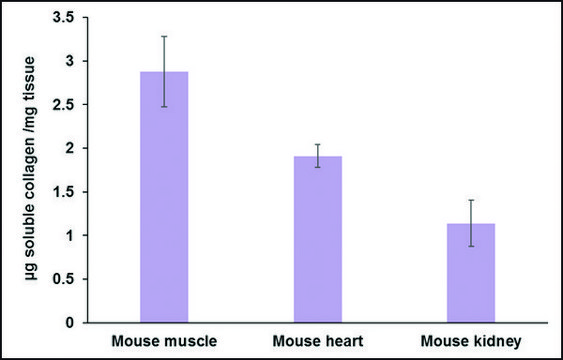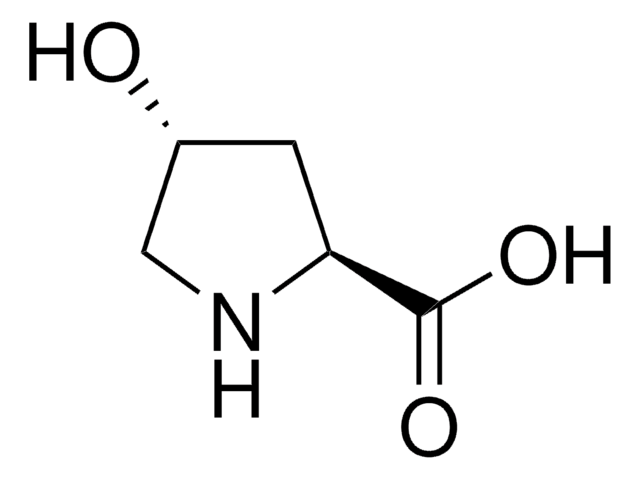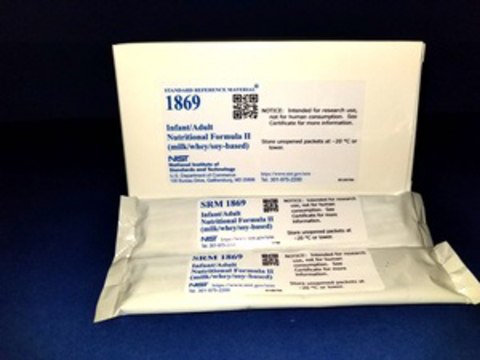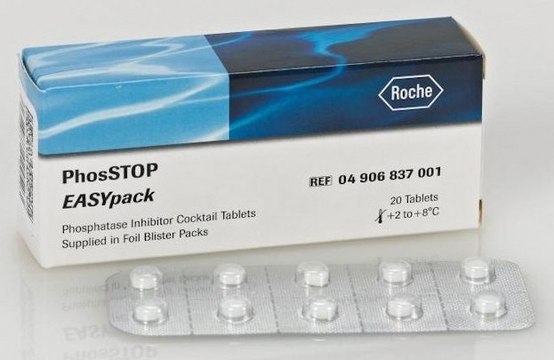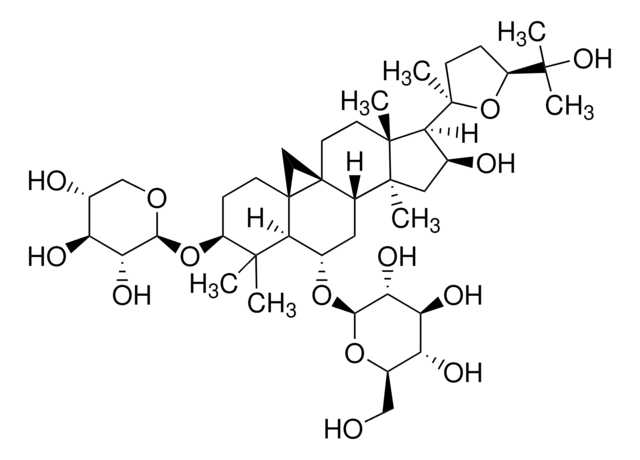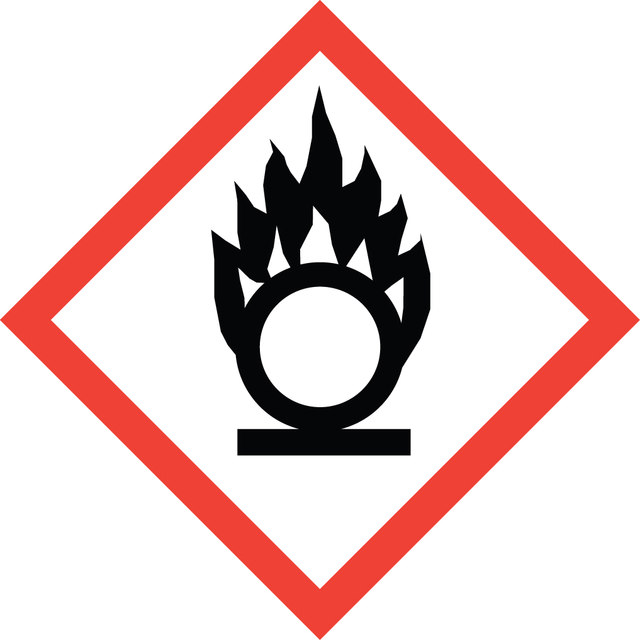Key Documents
Safety Information
MAK008
Hydroxyproline Assay Kit
sufficient for 100 colorimetric tests
Synonym(s):
Hydroxyproline Quantification Kit
About This Item
Recommended Products
usage
sufficient for 100 colorimetric tests
detection method
colorimetric
relevant disease(s)
dermatological diseases
shipped in
wet ice
storage temp.
2-8°C
1 of 4
This Item | MAK357 | MAK322 | MAK001 |
|---|---|---|---|
| detection method colorimetric | detection method colorimetric | detection method fluorometric | detection method colorimetric, fluorometric |
| shipped in wet ice | shipped in - | shipped in - | shipped in - |
| storage temp. 2-8°C | storage temp. −20°C | storage temp. −20°C | storage temp. −20°C |
| relevant disease(s) dermatological diseases | relevant disease(s) rheumatological diseases; cancer; neurological disorders; cardiovascular diseases | relevant disease(s) rheumatological diseases; dermatological diseases; gastrointestinal diseases; pulmonary disorders; cancer | relevant disease(s) - |
General description
Application
Suitability
Principle
replaced by
Signal Word
Danger
Hazard Statements
Precautionary Statements
Hazard Classifications
Eye Dam. 1 - Flam. Liq. 2 - Met. Corr. 1 - Ox. Liq. 2 - Resp. Sens. 1 - Skin Corr. 1B - Skin Sens. 1 - STOT RE 2 - STOT SE 3
Target Organs
Central nervous system, Thyroid
Supplementary Hazards
Storage Class Code
5.1B - Oxidizing hazardous materials
Flash Point(F)
64.4 °F
Flash Point(C)
18 °C
Regulatory Information
Choose from one of the most recent versions:
Certificates of Analysis (COA)
Don't see the Right Version?
If you require a particular version, you can look up a specific certificate by the Lot or Batch number.
Already Own This Product?
Find documentation for the products that you have recently purchased in the Document Library.
Which document(s) contains shelf-life or expiration date information for a given product?
If available for a given product, the recommended re-test date or the expiration date can be found on the Certificate of Analysis.
How do I get lot-specific information or a Certificate of Analysis?
The lot specific COA document can be found by entering the lot number above under the "Documents" section.
How do I find price and availability?
There are several ways to find pricing and availability for our products. Once you log onto our website, you will find the price and availability displayed on the product detail page. You can contact any of our Customer Sales and Service offices to receive a quote. USA customers: 1-800-325-3010 or view local office numbers.
What is the Department of Transportation shipping information for this product?
Transportation information can be found in Section 14 of the product's (M)SDS.To access the shipping information for this material, use the link on the product detail page for the product.
Can Product MAK008, Hydroxyproline Assay Kit, be used to measure the hydroxyproline levels in cell culture supernatants?
Yes.The manufacturer of the kit recommends that cell culture media (that is, cell culture supernatants) should be treated the same as serum or urine samples.
My question is not addressed here, how can I contact Technical Service for assistance?
Ask a Scientist here.
Our team of scientists has experience in all areas of research including Life Science, Material Science, Chemical Synthesis, Chromatography, Analytical and many others.
Contact Technical Service

